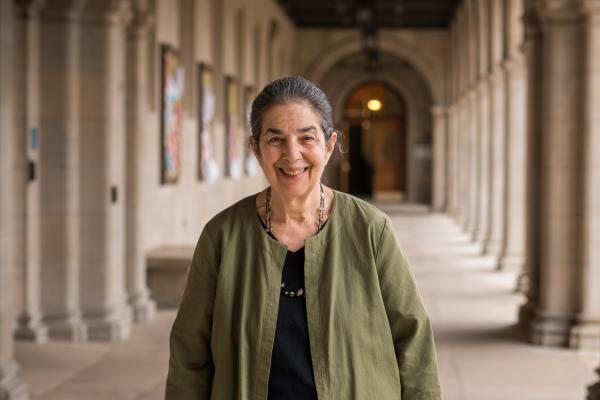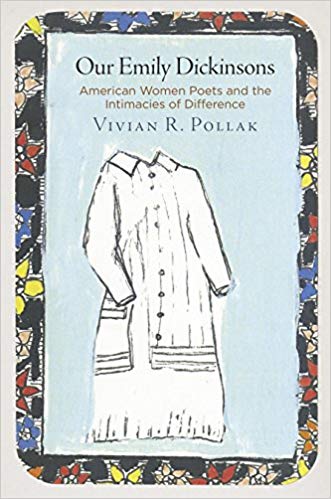Professor Pollak has published widely on Emily Dickinson and other topics. Her current projects include a study of American women poets "reading" Dickinson, with chapters on Helen Hunt Jackson, Marianne Moore, Sylvia Plath, and Elizabeth Bishop, among others.
Professor Pollak's publications include Dickinson: The Anxiety of Gender (1984), A Poet's Parents: The Courtship Letters of Emily Norcross and Edward Dickinson (1988), New Essays on James's 'Daisy Miller' and 'The Turn of the Screw' (1992), The Erotic Whitman (2000), and A Historical Guide to Emily Dickinson (2004). She has taught at Brandeis, Cheyney University in Pennsylvania, the University of Pennsylvania, and the University of Washington in Seattle. She has held grants from the National Endowment for the Humanities and the American Philosophical Society and has served on the boards of American Literature, South Central Review, Walt Whitman Encyclopedia, and The Emily Dickinson Journal. She has also served as President of the Association of Women Faculty at Washington University, Hilltop Campus, and as President of the Emily Dickinson International Society. In 2001, 2002, 2003, and 2007 she received awards from the Graduate Student Senate, Arts and Sciences, for excellence in mentoring. Her most recent book is Our Emily Dickinsons: American Women Poets and the Intimacies of Difference, which was published by the University of Pennsylvania Press in 2017. Her current research interests, in addition to Dickinson and her circle, include Walt Whitman, Marianne Moore, Elizabeth Bishop, Muriel Rukeyser, Sylvia Plath, and Gwendolyn Brooks.









